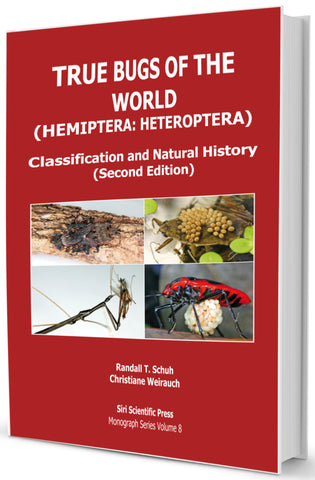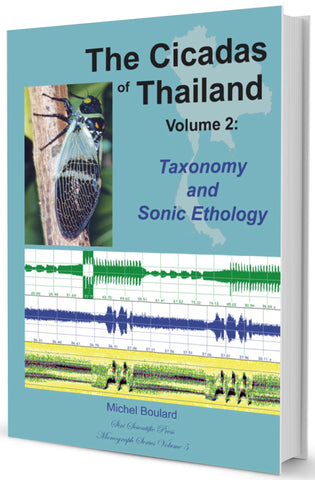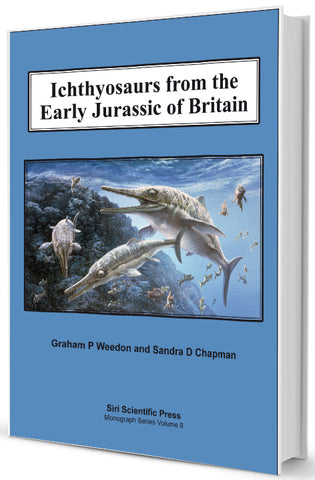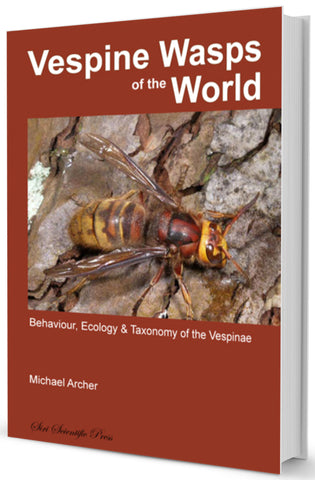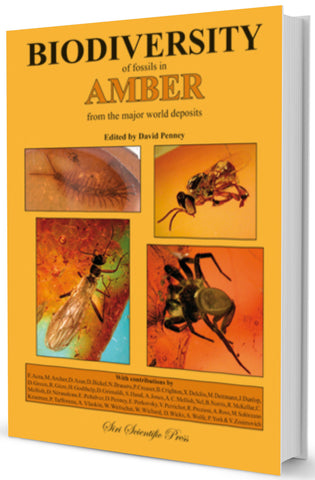
Spider Research in the 21st Century: Trends & Perspectives
by David Penney (editor); Foreword by Norman I Platnick (American Museum of Natural History)
Siri Scientific Press (2013) 978-0-9574530-1-2 RRP £75.00
320 pp, 240 x 165 mm, hard cover, 67 colour illustrations
IN STOCK - Ships Within 24 Hours
Reviews
Newsl. British Arachnol. Soc (2013): ...a substantial compendium of spider-related topics covering many aspects of these fascinating animals’ biology. ...produced to a very high standard, with numerous colour images, all printed on good quality paper. The editing is tight and as far as I can tell, error-free. ...an excellent guide to the surprising diversity of research which is possible with spiders today; thanks largely to impressive theoretical and technological advances across a range of biological sciences. ...for those of you actively working in arachnology (or their students), Spider Research in the 21st Century has to be very highly recommended. Yet even for readers whose interest in spiders is more casual, there is plenty to discover here out at the cutting-edge of our subject.
From the back cover
Over the last few decades the internet, increased computing capabilities, molecular techniques and new imaging technologies have altered the way we do research in the 21st century. The result is a great increase in multi-disciplinary research and novel avenues incorporating spiders as model organisms. In short, we are in a new era of research, being published in an ever-increasing number of diverse, rapid-publication outlets, to the extent that it is difficult to keep track of all the progress that has been made in recent years and in which directions the various fields are heading. This edited volume brings together the state-of-the-art knowledge bases for the diverse topics that fall under the remit of spider-related research. The subjects covered include Biodiversity, Systematics, Evolutionary Ecology, Biogeography, Genetics and Genomics, Agroecology, Behaviour, Silk and Palaeontology. Each chapter was written by a recognized world leader(s) and many present previously unpublished data and new analyses. This volume will be of interest to professional arachnologists, but the research techniques covered can obviously be applied to other groups of organisms such as insects.
Contents
Preface by David Penney
Foreword by Norman I. Platnick
Contributors
Chapter 1 Biodiversity: An African perspective
R. Jocqué, M. Alderweireldt, A. Dippenaar-Schoeman
Chapter 2 Systematics: Progress in the study of spider diversity
and evolution
I. Agnarsson, J.A. Coddington, M. Kuntner
Chapter 3 Evolutionary Ecology: Linking traits, selective pressures
and ecological functions
J. Moya-Laraño, M.W. Foellmer, S. Pekár, M.A. Arnedo,
T. Bilde, Y. Lubin
Chapter 4 Biogeography: From testing patterns to understanding
processes in spiders and related arachnids
R.G. Gillespie
Chapter 5 Genetics and Genomics: The arrival of a new
molecular era of spider research
S.L. Goodacre
Chapter 6 Agroecology: Trait composition, spatial relationships,
trophic interactions
K. Birkhofer, M.E. Entling, Y. Lubin
Chapter 7 Behaviour: Why are spiders good models for research?
M.E. Herberstein, E. Hebets
Chapter 8 Spider Silk: An ancient biomaterial for the 21st century
J. Garb
Chapter 9 Palaeontology: Interpretation and application of the
spider fossil record
D. Penney
Index
We Also Recommend

